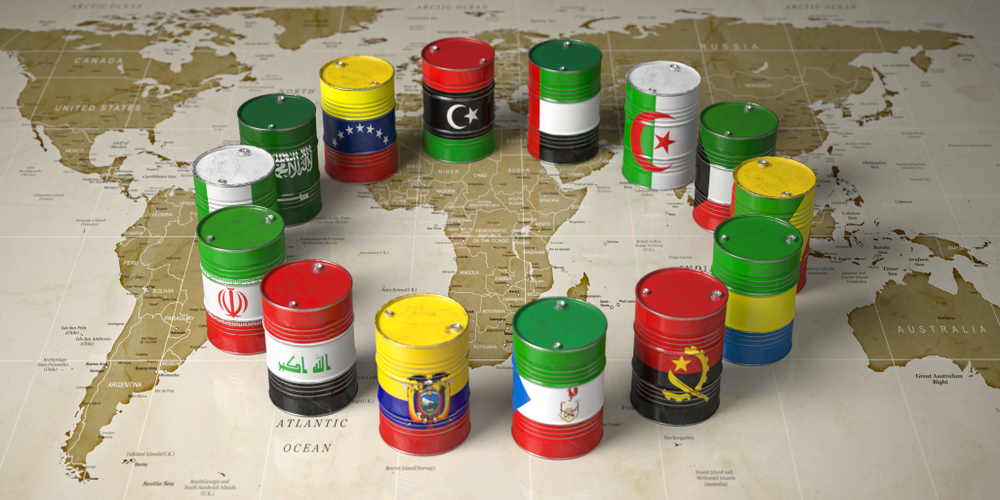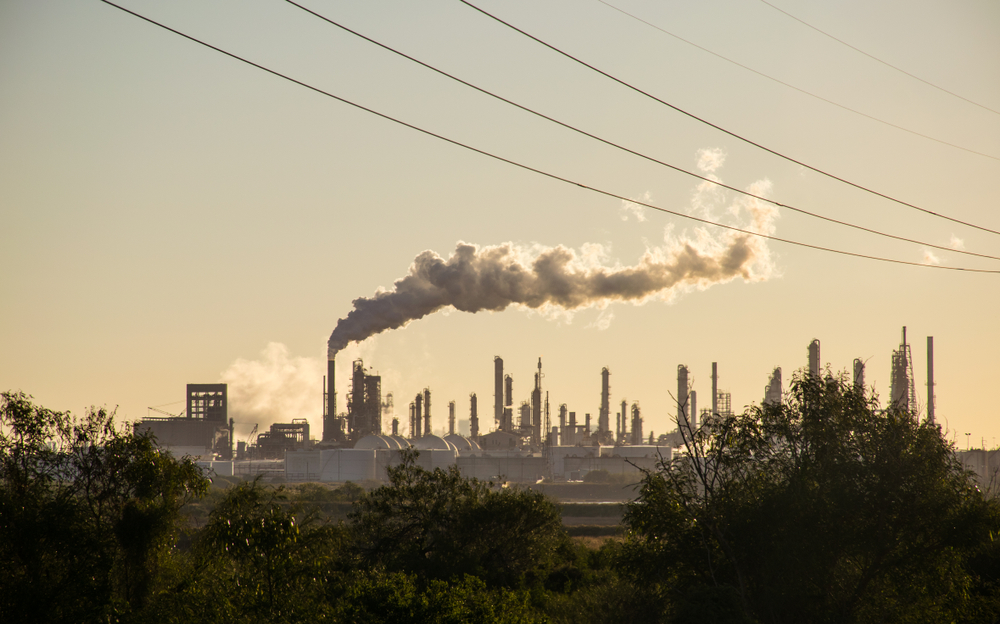Despite oil hitting a three-year high above $80 a barrel and pressure from consumers for more supply, the Organization of the Petroleum Exporting Countries and allies (OPEC+) is likely to stick to an existing deal. That is to add 400,000 barrels per day (bpd) to its output for November when it meets next week, sources said.
On Tuesday, Brent oil rose to a three-year high above $80 a barrel. It was boosted by unprecedented outages in the United States and a strong demand recovery amid the pandemic. On Wednesday, prices were trading just below $80.
To phase out 5.8 million bpd in cuts, the OPEC+ agreed in July to increase production by 400,000 bpd each month. Moreover, it agreed to assess the deal in December.
One of the sources said, they will, so far, keep the plan to increase by 400,000 bpd.
After holding regular meetings, OPEC+ agreed in September to continue with its existing plans for an October output rise.
On Wednesday, the OPEC+ Joint Technical Committee (JTC) meets to review the market and present findings to ministers.
The current OPEC+ deal is helping to keep the oil market balanced. This was a statement from OPEC General Mohammad Barkindo in his opening remarks to the JTC.
He also said that from where they stand today, the OPEC and non-OPEC ministerial decisions to start giving back 400,000 bpd to the market monthly, continue to help balance the need for incremental increases to address demand. That is while guarding against the potential for supply overhangs,” he said, according to OPEC’s Twitter (NYSE:TWTR) account.
The OPEC+ ministers, who meet online on Monday, would consider the JTC’s findings before making a final decision, the sources said.
On Tuesday, the White House said it was in communication with OPEC. It was looking at how to address the cost of oil. In August, the White House raised concerns about high prices.
Potential Supply Shocks
Metal consumers in China are preparing to face potential supply shocks. This is due to curbs and shortages forcing several smelters to slash production in recent weeks.
China’s steel and aluminum makers are used to output curbs tied to emissions caps over the winter.
This year, however, power constraints extended through summer. That is because low coal supplies and strong demand have led to forced shutdowns of energy-intensive operations. Additionally, cooler weather is approaching and there are worries about sufficient heating.
















